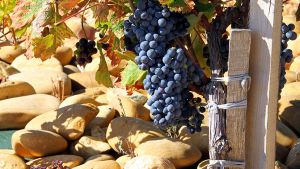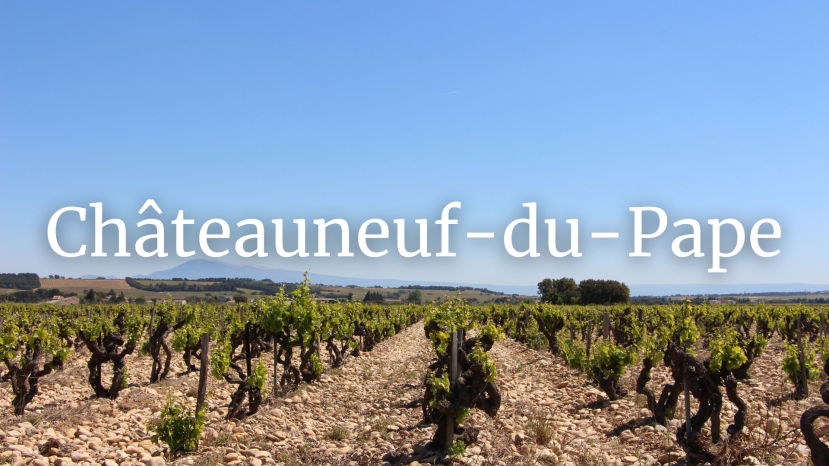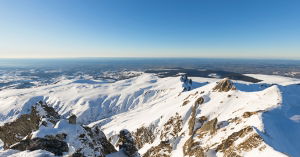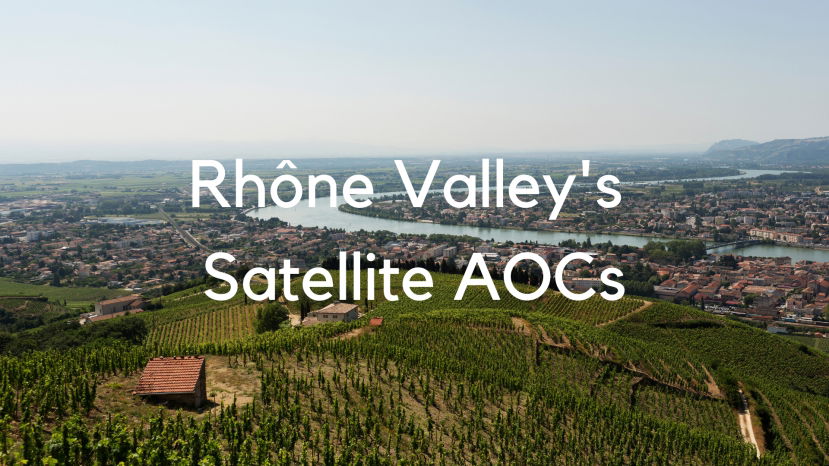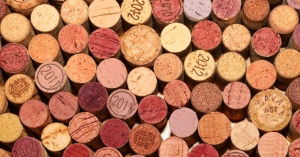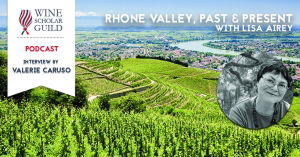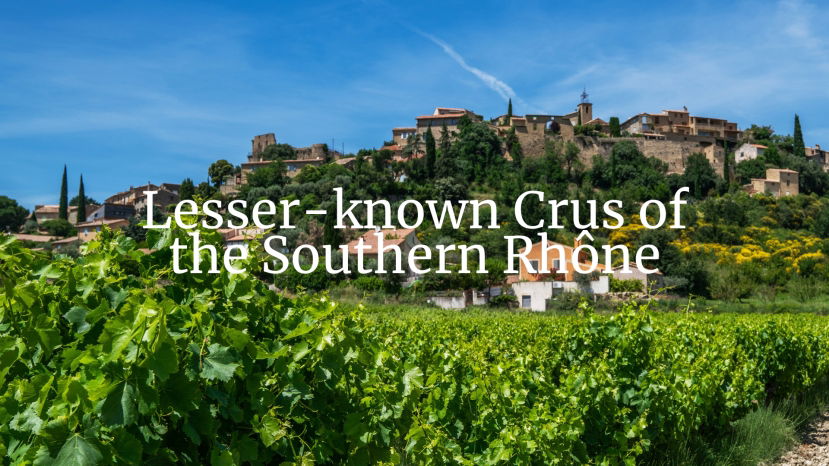BLOG
Rhône Valley
As autumn is drawing to a close and the wine presses have been washed and put away, the first wines tasted before being blended confirm what had been sensed: 2016 is going to be a fabulous vintage! And if some compare it to the magnificent 2010, some others do not hesitate to go as far as the famous star-vintage 1990… Either way, the evidence that we are witnessing the making of a great vintage is clear.
Summary: Is there a more misunderstood wine than Châteauneuf-du-Pape? The myths, legends and hearsay that surround this huge appellation are part of what gives it such mystique, but there comes a time for dedicated wine lovers and wine professionals to know with certainty which are true and which are false. Matt is going to bust some of the
There have been moments in my career as a professional winophile where I’ve realized I haven’t retained a bit of information that perhaps I should have learned in grade school had I been paying attention. Everyone needs a refresher once in a while and this series of blog posts aims to fill in possible gaps of knowledge that your grade-school mind may not have realized you would use in your fabulous wine career. As an American student, French geography was sadly lacking in my education. An examination of the Massif Central (ma-seef cen-trale) was not taught alongside the study of The Rocky Mountains.
Summary: Do you know your Luberon from your Ventoux? What about Clairette de Die, the Rhône sparkling wine that's actually made of... Muscat? In this WSG LIve, we'll look at all 8 of the so-called 'Other Rhône Appellations', a diverse collection that includes some of the largest - and smallest - appellations in France. We'll look at the key facts about the terroir that makes each of these appellations unique. Additionally, Matt
Every wine appellation in France has a cahier des charges, a set of regulations that delineates the production zone and specifies viticultural practices and production standards. In many instances, a single cahier des charges references one zone of production and multiple wine styles within it (e.g. Lirac red, white, and rosé; Rasteau dry red, plus red, white and rosé Vins Doux Naturels). Some single cahiers also incorporate complementary geographic denominations or dénominations géographiques complémentaires (DGCs) such as Languedoc Montpeyroux or Bourgogne Hautes Côte de Nuits. Other times, very different wines can be grouped under one single cahier as is the case for Beaujolais, Beaujolais Supérieur, Beaujolais + Named Commune, and Beaujolais-Villages.
Wine Scholar Guild's Education Director Lisa Airey speaks to events in the past that have shaped some of the regions.
Summary: When it comes to the Southern Rhône, Châteauneuf-du-Pape often hogs the limelight, but there are a further eight Crus that all have something unique to offer (Gigondas, Vacqueyras, Beaumes-de-Venise, Rasteau, Cairanne, Vinsobres, Lirac and Tavel). In this webinar we'll look at the terroir of each of these lesser-known Crus in turn, giving you an idea of how their styles of wine compare, and why they taste like

